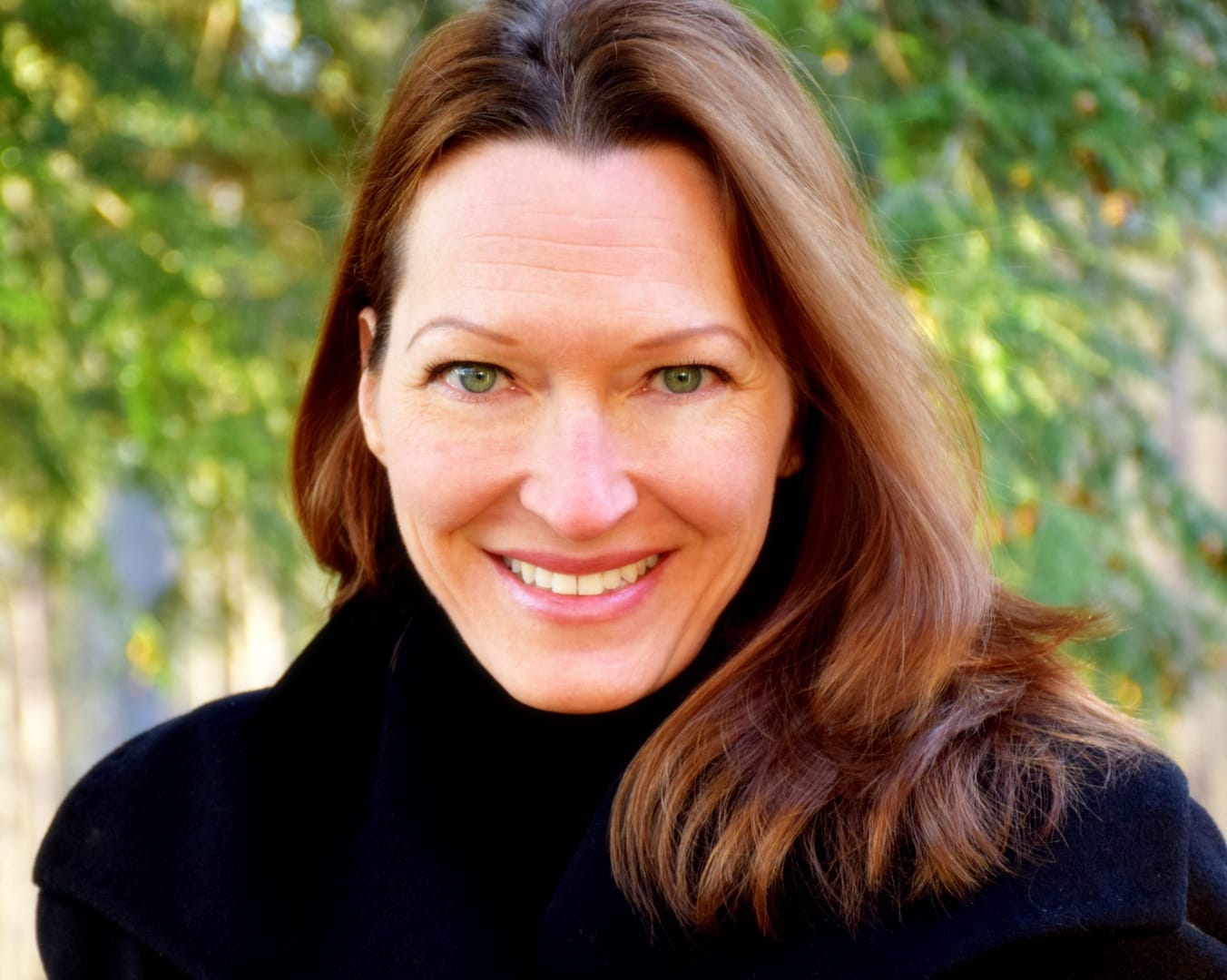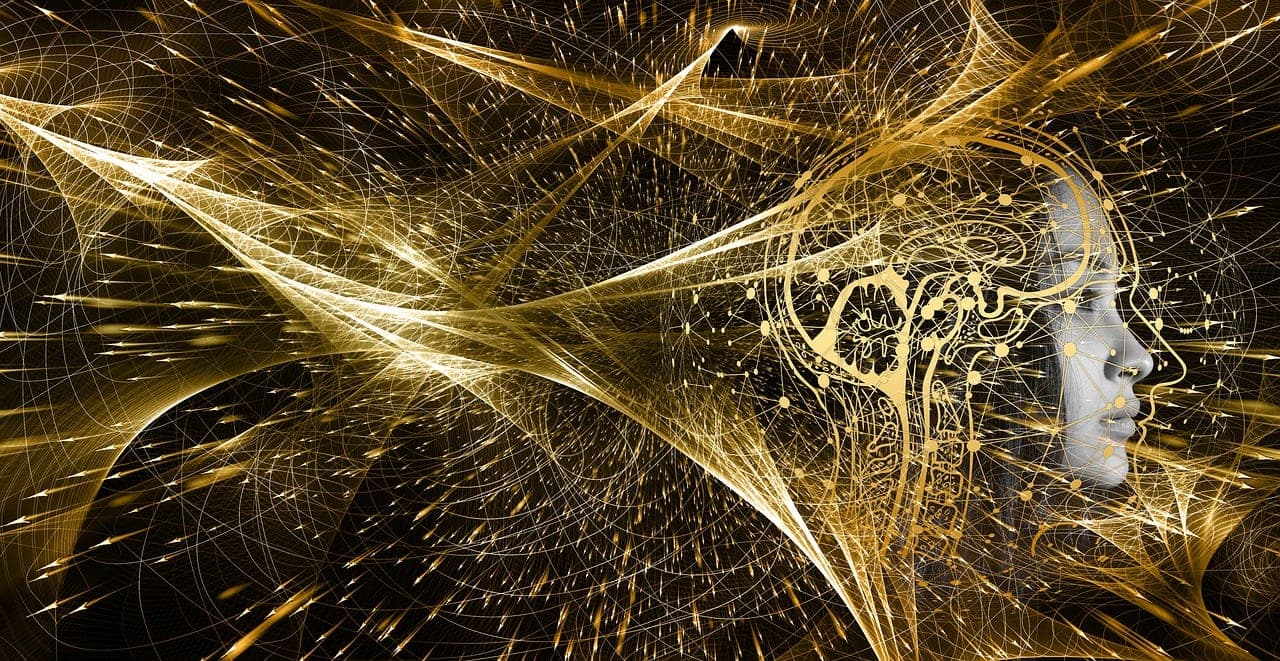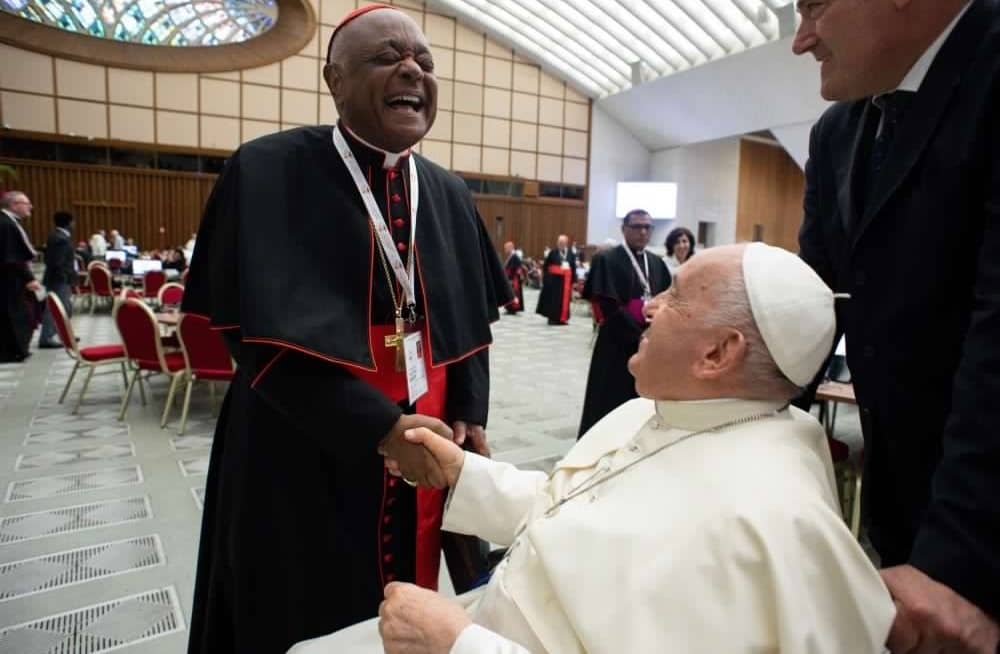[Stacy A. Trasancos is a convert to Catholicism and an internationally recognized author, speaker, and educator on the topic of theology and science. She has a PhD in chemistry and an MA in dogmatic theology. She is executive director of the St. Philip Institute of Catechesis and Evangelization in the Diocese of Tyler and a teaching fellow for Bishop Robert Barron’s new Word on Fire Institute, regularly appearing on Catholic Answers Live to answer questions about faith and science. She is the author of Particles of Faith, Science Was Born of Christianity, and 20 Answers: Bioethics. A new student edition of Particles of Faith has just been published. She spoke to Charles Camosy.]
Camosy: Can you tell us a bit about your personal story of how you came to be a Roman Catholic? Maybe with attention to the role science played?
Trasancos: I loved science even as a child. When my mom told me that God made everything, my fascination with science was fueled. The flowers were suddenly more beautiful because God made them. I took time to notice little bugs because they were God’s creation. I remember staring into the big Texas skies thinking how much more God must know than any of us humans. It was simple back then growing up Southern Baptist. Faith and science went hand in hand.
In high school, I remember learning the chemical equations of photosynthesis and being duly amazed when I looked at leaves on trees thinking of all the particle interactions clicking away like nanomachines. By college I was so busy filling my head with scientific facts that I became convinced that science had all the answers.
Religion, meanwhile, seemed merely a crutch of my youth, something that had once shored up my ignorance but could be tossed aside in maturity. I left my faith behind in much the same way I stopped believing in Santa Claus and the Easter Bunny. Then I pursued a degree in biology. Evolutionary theory, plate tectonics, and the Big Bang explained my existence in depths that religion never had.
My pursuit of biology soon led to an appreciation of chemistry when I realized that the only way to understand biology at the mechanical scale was to learn chemistry. Like many young adults, I was concerned about global warming. I read books on the predictions of global devastation because of climate change. I pondered the greenhouse gas effect enough to stop using hairspray propelled by chlorofluorocarbons (CFCs). The booming new field of nanochemistry gave me a way to pursue both biology and chemistry to help save the planet.

I had a vision. If we could learn to simulate photosynthesis, we could find a powerful energy source to replace our dependence on fossil fuels. Photosynthesis takes light from the sun, carbon dioxide from our breath, and water to make all the biomass on Earth, producing some quintillion kilojoules of energy and one hundred billion tons of organic material per year. The byproducts are oxygen and energy.
I found the foremost researcher on nanocomposite artificial photosynthesis, learned about his work, and talked my way into the Thomas E. Mallouk research group at Pennsylvania State University. By this time, I was not even atheist, as that was too religious a label for me. I was a “none”, as they say, only back in the 1990s we didn’t use that word. I actually lost my religion the same year, in 1991, that R.E.M. came out with the same named hit song, “Losing My Religion.” I simply did not care about faith, God, or any of the social obligations that go along with belonging to a church. I, robed in my lab coat and adorned with safety goggles, was out to save the world with chemistry.
Three years into my doctoral work, I had my comeuppance, which was also a moment of grace. My research was at a standstill. I was trying to simulate a two-electron jump of the ten or so in the elaborate Z-scheme of the light reactions of photosynthesis. For two years one experiment after another failed. One day, in desperation, I reviewed the chapter on photosynthesis in my graduate biochemistry textbook, and I panicked. White-knuckling the windowsill next to my desk in my third-story laboratory, my eyes landed on, of all things, an old Ginkgo biloba tree.
For a moment, it was as if the whole world fell away, and it was just me and that tree. Me, that is, failing in a state-of-the-art laboratory; that tree flapping mindlessly in the wind doing what I never could, channeling streams of photons to reaction centers in a fraction of a nanosecond to make biomass. It hit me then just how feeble my human attempts were at trying to copy some Great Biochemist with intelligence beyond anything humanly possible.
There I stood, humbled. Although I did not convert for fifteen more years, I never forgot that confrontation. I also never forget what I did next. I got mad and cursed the tree. I did not care about big questions. I just wanted to graduate and get a job. My pride kept me back. I turned away from the chasm of truth and just got back to work, unwilling to accept the truth I had just glimpsed.
When I was in my thirties, I finally came to terms with the fact that science could not answer the most important questions about being human, those about purpose, meaning, and love. Intellectual conversion was not difficult. It’s rather obvious to any scientist that a Designer is behind the order in nature. But personally, it was terrifying. To a chemist, God does not just know the number of hairs on your head. He knows where every electron is in every atom in every keratin protein that makes up every hair on your head. He knows the entire trajectory of every gas molecule you breathe in. He orchestrates all the chemical reactions that cause your heart to beat one more time. And He knows your heart, your inner life, your sins, your personal failures.
Accepting grace was the hardest part of conversion. But once I granted assent to the articles of faith, I suddenly saw the bigger picture. I understood my science in the greater context. I understood, just as I had known as a child, that science is the study of the handiwork of God. A chemist is privileged to know Christ in ways that few people ever do. The articles of faith are based on divine revelation. The particles of faith are discovered in creation.
Your important book, Particles of Faith, recently came out in a student edition. Why did you see a need for a version aimed particularly at students?
Because science is one of the main weapons that atheists use to coax young people away from Christ.
I want students to start out seeing the total system of reality that includes both the natural and the supernatural. Science only makes sense in the light of faith if one is willing to push the logic all the way from the starting assumptions of divine revelation and observation in creation to final conclusions of purpose and destiny.
Atheists impose blinders by starting with the false and non-primary assumption that science has all the objective truth there is to know; we call this “scientism.” In secular science classes, this truncation diminishes intellectual development. Why is nature ordered? Without faith, there’s no answer for that. Why can humans discover laws and theories? No answer for that either. What’s beyond science? We all know there’s more if we’re willing to let our minds go there.
High school students want their coursework to be legitimate; they want the knowledge they are gaining to all fit together and make sense both at the level of detail and at the level of living a good life. They grow up in a globally connected culture. They want the fullness of truth. The Catholic Church founded by Jesus Christ, the Second Person of the Holy Trinity incarnate, the Word, the Logos, has the full truth. This is why modern science emerged in the Christian West in Catholic universities. Even atheists must adopt the worldview of Catholicism to do science, for nature must be ordered and intelligible to conduct the scientific method.
What do you think is behind our schools’ struggle to teach students the facts surrounding the relationship between science, faith, and the Church?
There is so much misinformation and shallow thinking today, so many bags of facts that are crammed into students’ heads but without unity. The integration of faith and science is as simple as what my mother told me as a child. God is the Creator of everything. Having walked on both sides of this fence, as a woman who lived the life of scientism for over a decade and then as a Catholic mother of seven, it seems to me that a lot of Catholic thinkers and educators are more influenced by “scientism” than they realize. This is not shocking, really.
Our knowledge of the atomic realm exploded in the last 200 years. In the early 1800s, John Dalton proposed that all bodies are made of hard little spheres he called “atoms”. Today an American can post a picture of her breakfast on Instagram and an Australian can comment on it an instant later as he finished his dinner on the other side of the world. Astonishingly, smartphones are made from 72 of the 90 naturally occurring elements, and they very precisely control electrons and radiation to propagate data with our fingertips. There is so much to know in science today that a person can spend an entire lifetime just learning the scientific knowledge that has been gained in any specialized field of physics, chemistry, or biology, and barely have time to contribute new knowledge to the field. The struggle in our schools, then, comes from a lack of perspective due to a forest of facts.
We must step back from the enormous body of scientific and technological prowess, and remember that atoms themselves are creation. Modern science has caused a loss of faith in creation, but that’s an easy struggle to conquer. Teachers and parents only need to tell students that science is the study of the handiwork of God. That little line sums up everything I try to teach, and it changes one’s whole perspective of this conflict myth. If science is the study of creation, then science class is no longer just memorizing and applying theories and equations. Science becomes a way to know God better so we can love Him more.
It is now Christmas season: Where we tell each other about stars marking out the place of a virgin birth, angels speaking to human beings in dreams, and more. Do you have any advice for those of us who want to reconcile our belief in these stories with our commitment to science?
Yes, of course! Refuse anything less than full logical thought.
Through Christ, God revealed to us that He is triune: God the Father, God the Son, God the Holy Spirit. Through an act of intellect, the Father generates the Son, the Word. Through an act of the will, the Father and Son together as one substance spirate forth the Holy Spirit. We are rational creatures, body and soul, made in the image and likeness of God with the same, although limited, spiritual powers of intellect and free will. In the beginning God created everything out of nothing. In the beginning was the Word.
Only a thoroughly ordered, consistently interacting totality, a universe (in the purest sense of the word) is befitting an omniscient and loving Creator. As rational creatures, it only makes sense that we would study the handiwork of our Creator. And it only stands to reason that this Creator who is also our Redeemer would populate creation with bodiless rational spirits (angels) and work miracles to show us His loving presence by overriding the laws of nature He holds in existence.
Beyond buying him or her your book, what advice do you have for those of us who may have a family member whose main roadblock to (re)connecting to the Church involves a perceived conflict with science?
Encourage the skeptic to dive more into science than ever before. Join him or her in that quest for knowledge of creation. Lead him to the edge of what science can reveal, and be a friend when he allows himself to see beyond the confinements of nature.
I can tell you from experience that it is hard to convert as a scientist, not because faith is illogical but because the logic is so compelling. The leap of faith becomes intensely personal. It’s hard to accept that the same God who creates the entire cosmos since the beginning of time knows and loves you, so much so that He became an infant born of a virgin to die and rise for your salvation.
We are made for relationship as much as we are made to think and make good choices. If you know someone who perceives a conflict between the Church and science, show him what science looks like through the light of faith, and try to get to his center and look out at the world through his eyes too. By the love of friendship, lead him to Christ through creation.
Crux is dedicated to smart, wired and independent reporting on the Vatican and worldwide Catholic Church. That kind of reporting doesn’t come cheap, and we need your support. You can help Crux by giving a small amount monthly, or with a onetime gift. Please remember, Crux is a for-profit organization, so contributions are not tax-deductible.
















